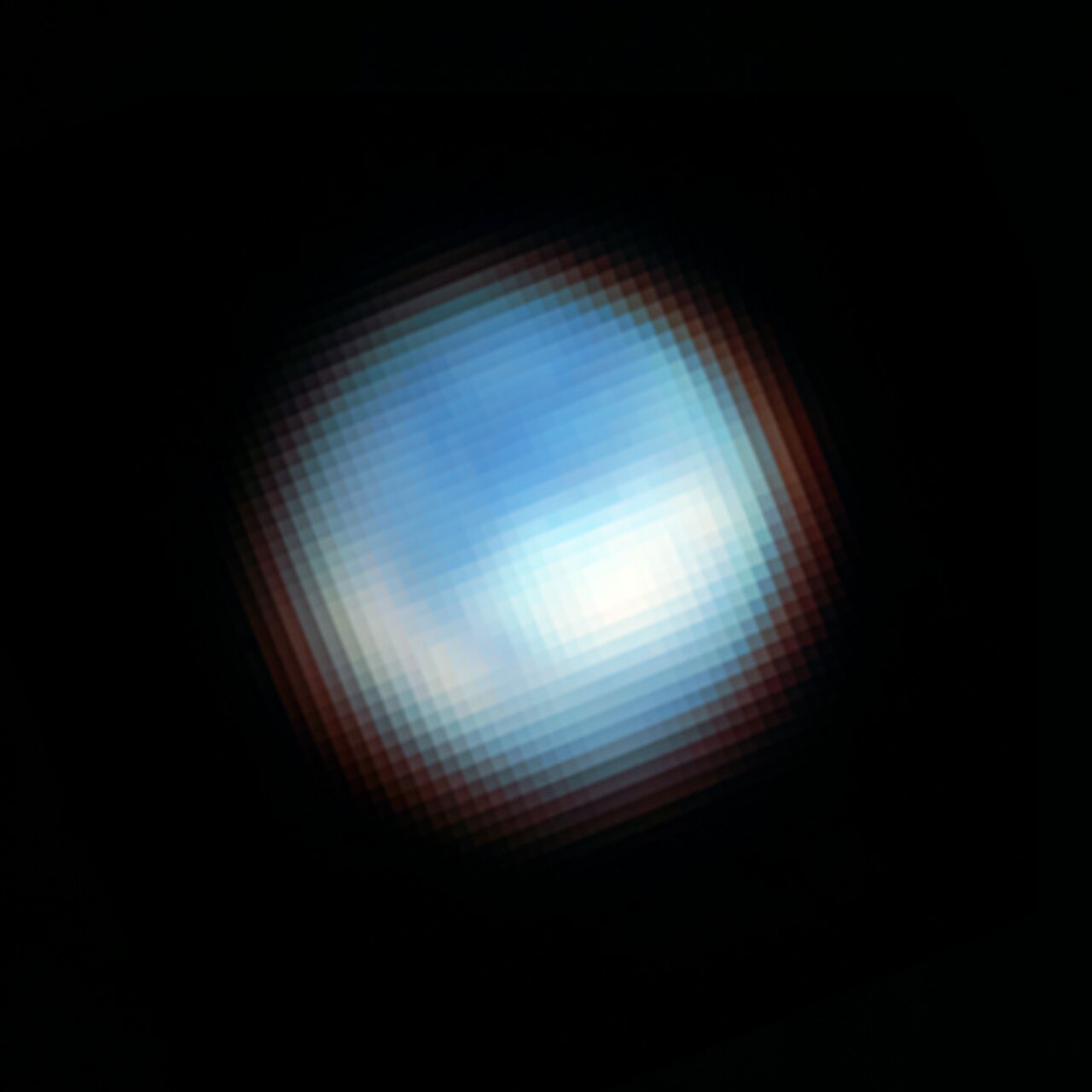The James Webb Space Telescope (JWST) was launched to explore distant star systems, but it has also proved indispensable for studying Solar system objects. It recently made an exciting discovery concerning Jupiter’s moon Europa. This discovery is extremely important for scientists, as it is considered one of the most likely places to search for extraterrestrial life in our planetary system. The new data may indicate a high probability of the existence of life on this small moon.

Europa, seemingly cold and lifeless from a distance, is of particular interest due to previous discoveries of signs of activity. For example, in 2012, the Hubble telescope noticed plumes of water ejection from its surface. This indicates the presence of a liquid water ocean under a dense ice cover. It has become the object of major scientific research, because there may be conditions for life of the terrestrial type. But until now, scientists did not know whether this ocean contained the carbon compounds necessary for it.
Life indicators
Recent observations using the NIRSpec instrument on board the JWST have shown the presence of carbon dioxide on the surface of Europa. Obviously, this gas comes from the subglacial ocean. Its discovery indicates the possible presence of carbon compounds in it, which makes it potentially habitable.
Geronimo Villanueva, one of the employees of NASA’s Goddard Space Flight Center, shared his thoughts: “On Earth, life likes chemical diversity — the more diversity, the better. We’re carbon-based life. Understanding the chemistry of Europa’s ocean will help us determine whether it’s hostile to life as we know it, or whether it might be a good place for life”.
Origin of carbon dioxide
The researchers considered other possible carbon sources of the discovered compound, besides the subglacial ocean. One of the possible options is meteorites falling on Europa. However, carbon dioxide on the surface of the moon is unstable. Therefore, it could get there recently. The discovery was also made in a specific region with a younger relief, so it is difficult to imagine that the source of the gas could be ancient meteorite impacts.
“We now think that we have observational evidence that the carbon we see on Europa’s surface came from the ocean. That’s not a trivial thing. Carbon is a biologically essential element,” added Samantha Trumbo from Cornell University.
How deep is the ocean under the ice?
Although the discovery of carbon molecules is a huge achievement, it does not mean that Europa is actually habitable. To get more detailed data and answers to this question, deep research is needed, similar to those that will be carried out by future missions — such as JUICE and Europa Clipper. Ideally, we should send an apparatus capable of penetrating the ice sheet and exploring the ocean. Now scientists are debating how it is connected to the surface of the moon.
With this exciting discovery, JWST has become a key tool in exploring possible places for life in the Solar System. The unique instrument continues to reveal to us the secrets of our cosmic neighbors.
Earlier we reported on how Ganymede turned out to be different from Europa.
According to esawebb.org
Follow us on Twitter to get the most interesting space news in time
https://twitter.com/ust_magazine
